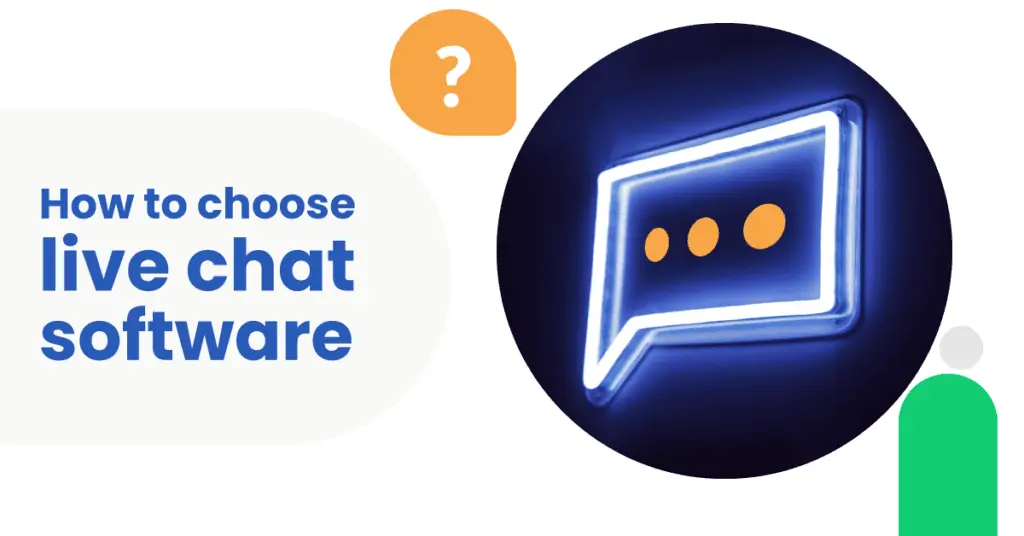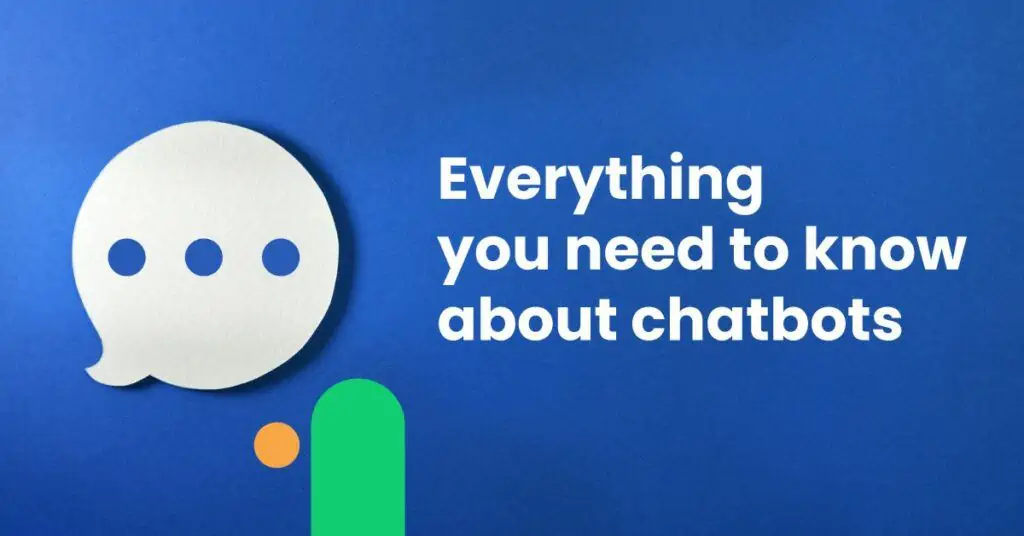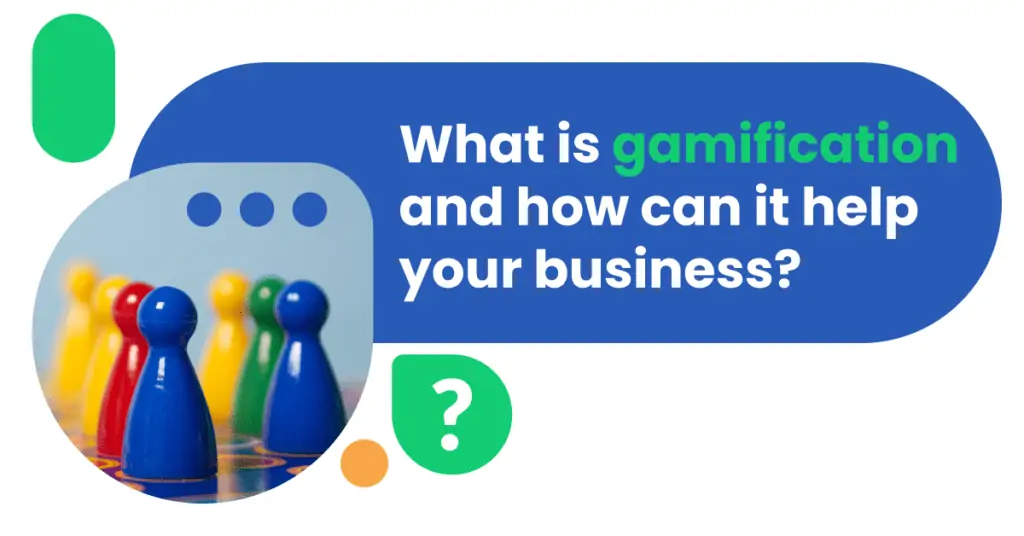In this post we run through some of the things you should consider when choosing a live chat software. We’ll explain what live chat is (and what it isn’t), how you can evaluate your needs by taking a look at the benefits for customer support, marketing and sales, before finally concluding by highlighting important features to consider when making your choice.
What is Live Chat?
Live chat is a text tool that usually lives in the bottom corner of your website or located somewhere on your site. It connects visitors with a live agent. Live chat doesn’t have to be only through the medium of text, with voice chat, video chat as well as co-browsing available as alternatives. However, as these options inevitably increase the demands on human resources, this blog will stick to the text-only options.
Live chat was developed and evolved to provide better customer service as the Internet brought more and more of the customer journey online. As live chat increased in use, the strategy moved from customer service to be an important part of the sales and marketing strategy as well. Companies must create a framework to receive, assess and respond to any interaction. Consumers often favour companies that respond more quickly to their questions and problems
Comm100 discovered that 82% of customers were satisfied with their live chat experience, compared to just 61% of email users and a worrying 44% of phone users.
What Live Chat isn’t
Two things buyer’s can often get live chat mixed up with are messaging and chatbots. Although these products are frequently marketed separately, the confusion is unsurprising given the key synergies these tools can form. Messaging is the use of direct communication within an app provided by a third party.
Chatbots are preprogrammed dialogues designed using principles of AI or rule-based conversation flows to interact with users of a website at scale.
Evaluating your needs
Live chat for Customer Service
To assess your needs you must be clear on the benefits of live chat. In respect to customer service (one of the most commonly associated uses of live chat), speed is one of the key advantages. Live chat allows companies to address consumer demands and problems as quickly as possible. Easy to access on a website, live chat helps remove simple barriers that make consumers reach for an alternative in their search results.
Another benefit is accuracy, as live chat gives customers time to think about their reply without being rushed. It allows both parties more space to carefully craft messages, create efficient conversations and develop good relationships. Live chat also avoids any miscommunication when passing along complex information.
Hand in hand with accuracy and speed is efficiency. Quick messaging responses, even just to say when and why you’ll get back to someone, shows you’re concerned. It also allows the customer to multi-task and move on to something else, avoiding frustration at being kept on hold or misunderstood.
Finally, with personalisation being such a major factor in modern marketing, customers expect a relationship with their brands. Companies need to mirror more and more closely what consumers would receive from an in-person exchange. Live chat is much more personal than emails or standardised contact forms.
Live chat for Marketing
For those in marketing out there, activation of visitors is a key advantage of live chat.
Automated greetings can grab visitor attention by popping up and inviting them for a conversation. Not only is this an opportunity to engage but also to qualify your lead by gathering some info. Anything extra you get from live chat will enrich your CRM.
If live chat is tailored to a specific landing page content, you can target visitors with more appropriate support.
Often, if there’s no prior indication why a visitor has come to your site, it can take a while for a live chat agent to identify their needs. If a live chat option has been connected with a specific campaign, agents can immediately narrow down their support and improve customer experience.
Live chat for Sales
Some live chat providers integrate with third party messaging apps, so conversations can continue when a user has left their desktop. Even if these integrations are not available, many have the option to switch to a live call with a sales rep. With as many as 91% of adults keeping their phone at arm’s reach, mobile is easily linked with live chat, so you can quick and seamlessly turn visitors into prospects.
Live chat is a channel for solving doubts and complaints. People go there expecting some kind of resolution. Surpassing their expectations at this moment is a powerful way of bringing them to your side. The trust you’ve built can be leveraged to move them down the sales funnel or upsell to them whilst they are feeling positive about your brand, converting service into sales.
With a salesperson ready to hop on a chat conversation, someone who knows the product well is always there to convince and close. Many buyers have last-minute doubts, and live chat provides a quick and easy way for sales people to solve questions and explain additional arguments.
The key to choosing a live chat provider
According to CrazyEgg, 38% of consumers are more likely to buy from a company if they offer live chat support. Our own research has discovered that some of the most popular features to consider when selecting a live chat product include whether it has automatic (or proactive) chat invites, agent routing, chat templates, mobile optimisation, searchable transcripts, custom branding and app notifications.
Live chat relies heavily on your HR capacity, so you must be wary of the risks associated with taking it on as a stand-alone tool. For example, Forrester’s Raising the Bar report found that 1 in 5 customers are willing to stop using a product or service for slow response times via online chat.
However, this shouldn’t deter you from implementing or exploring live chat options further. For example, automated chatbot technology as well as integrations with messaging apps can offer you a way around this pitfall, so check out our linked blogs to understand how these tools work in harmony with each other.



